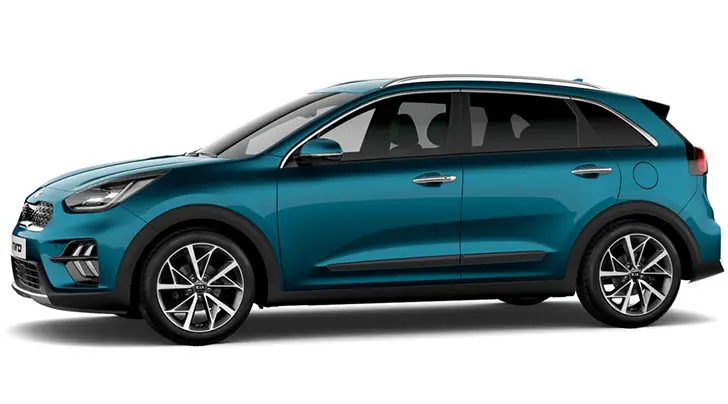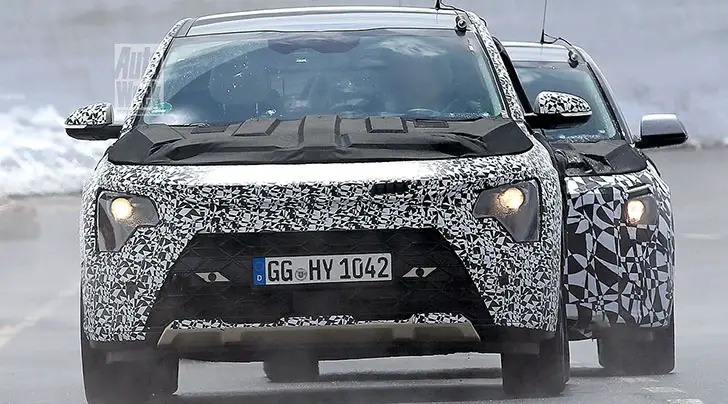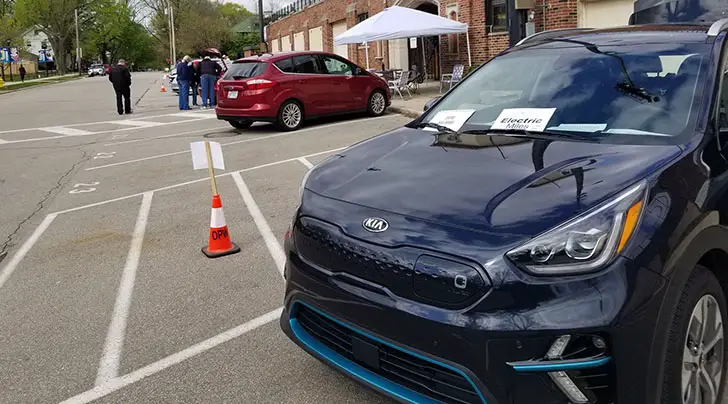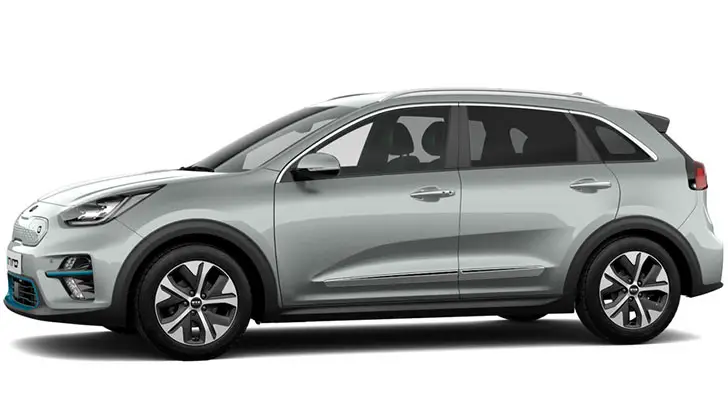2020 Kia Niro hybrid fuel economy figures; up to 50 mpg!
New Kia Niro hybrid SUV has now been officially announced, and there is a lot of excitement about the vehicle, especially when you consider that it will deliver a combined 50 mpg.
There are very few cars on the market that can come close to that mark, and Kia have been able to achieve it by learning from previous models such as the Optima hybrid and the Soul EV.
There are a lot of different technologies responsible for helping the Niro attain that impressive mileage of 50 mpg, so let’s take a look at what makes this baby tick.
2020 Kia Niro MPG
| Trim level | City | Highway | Combined | |
| FE | 52 | 49 | 50 | |
| LX | 51 | 46 | 49 | |
| EX | 51 | 46 | 49 | |
| S Touring | 46 | 40 | 43 | |
| Touring | 46 | 40 | 43 |
1.Dedicated hybrid car platform
Kia developed a new dedicated hybrid car platform for the new Niro crossover.
The use of a platform of this kind means that it’s much easier for the carmaker to deliver improved fuel economy, as well as being able to cut down on NVH levels, and emissions.
The fact of the matter is that it’s a much better option to have a dedicated hybrid platform as opposed to trying to essentially fit a square peg into a round hole by placing a hybrid vehicle on an existing platform.
2. Weight reduction
With fuel economy in mind, Kia engineers knew that they had to keep the overall weight of the Niro as low as possible.
They achieved this using a number of different little tricks, including using aluminum for the hood, tailgate, and a few components of the suspension.
They took weight control to all new levels by using fiber reinforced plastic in the construction of the parking brake pedal.
Perhaps the biggest weight saving came with the battery, as Kia engineers ditched the traditional 12-volt battery in favor of a high-voltage lithium-ion polymer unit.
3.New 1.6L Kappa engine
The Niro hybrid is made up of a traditional gas engine and an electric motor, with the former being a new 1.6-liter naturally aspirated 4-cylinder that generates 103 horsepower.
The Kappa engine uses Atkinson-cycle operation with a cooled exhaust gas recirculation system to deliver optimum engine efficiency. It also employs GDI technology and long-stroke/narrow-bore dimensions to further improve the performance.
Kia claims that this would be the first time that all of these technologies have been combined for use in a production model.
4. Exhaust heat recovery system
The Niro employs an exhaust heat recovery system to further improve emissions and fuel efficiency.
Engines become more efficient when they are warm, and this system speeds up the warming process by routing coolant to a heat exchanger in the exhaust system.
5. Electric motor
The electric motor used in the Kia Niro generates 43-hp, and also helps reduce the reliance on fuel to power the vehicle.
When working in combination with the 1.6-liter Kappa engine, the electric motor delivers the sort of performance you don’t usually see in a hybrid, whilst also ensuring that the fuel efficiency is as good as it gets.
It is this combination that is one of the major contributors to the 2020 Niro 50 mpg rating.
6. Six-speed DCT
The power makes its way to a new 6-speed dual clutch transmission that is now in its second generation.
Not only does this transmission contribute greatly to the efficiency of the Niro, it also makes it fun to drive. The shifts are quick and smooth, which is not something that you can always say for hybrids that employ continuously variable transmissions.
7. Lithium-ion polymer battery
We already mentioned that the 1.56-kWh lithium-ion battery helps with weight reduction.
It also delivers incredible charge and discharge performance, which means that output from the motor is optimized and that rapid regeneration is possible.
The new battery is neatly tucked away under the rear seat to increase cabin and storage space in the Niro.
8. ECO DAS system
The new Driver Assistance System (Eco-DAS) will be the first time that Kia have used the Coasting Guide and Predictive Energy Control systems.
The Coasting Guide lets the driver know the best time to coast and brake, which helps get the most out of the fuel efficiency of the Niro.
The Predictive Energy Control system works within the navigation system and anticipates topographical changes in the road ahead.
This allows energy to be distributed more efficiently, as the system will make it clear when the stored energy should be used, and when the battery should be recharged on the go.
This is a similar system to those found in some German cars, but the Kia system is the first to take ascents and descents into account when doing the calculations.
9. Smart air intake
This system helps control the amount of air getting into the HVAC system, which in turn helps reduce drag. An Auto Defog system is used to prevent the build-up of condensation on the windows, which help control the cycling of the AC compressor.
10. Regenerative braking
We mentioned the use of the Eco-DAS system earlier in this piece, and how it included the Predictive Energy Control system.
That particular system is especially important, as it can help decide when best to use regenerative braking to recharge the battery on the go.
As also mentioned earlier, Kia Motors Corporation claim that they are the first automaker to use this sort of system in both uphill and downhill scenarios.




